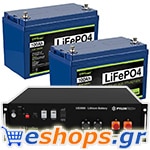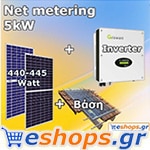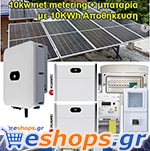Photovoltaics for farmers - Prices - Profit - Cost Solar photovoltaic parks for farmers: what is it and how do you get started?
The solar industry has grown rapidly over the last decade, and photovoltaics for farmers is a major driver of this growth worldwide. In this article, we will explain the different types of solar photovoltaic panel investments, how much they cost and how to start one.
Find out what solar panels cost in your area in 2021
A photovoltaic power station, sometimes referred to as a solar farm, is usually a large decentralized photovoltaic array that supplies electricity to the grid. The majority of these huge photovoltaic solar panels belong to utilities and are just another advantage of supplying electricity to real estate in their coverage area.
A broader definition of solar farms - photovoltaic investments could include other terrestrial arrays of photovoltaic systems large enough to power many households.
Solar farms photovoltaic parks for farmers and solar community
The idea of community solar energy has taken off in recent years as more homeowners have realized that they can go solar without installing solar panels on their own natural roof. A community solar project - sometimes referred to as a "solar garden" or without a solar power plant, whose electricity is shared by more than one household. In most cases, a community solar panel is a large terrestrial installation that spans one or more acres.
Net metering is the offset of energy παρα produced and consumed and is mainly applied for photovoltaic installations.
Net Metering can be applied by farmers, stockbreeders and fishermen.
The Net Metering allows the consumer to cover a significant part of the energy consumed while at the same time enables him to use the grid for indirect storage of energy produced by his photovoltaic system. The way and philosophy of net metering results from the difference between energy consumed and produced in a specific time period.
This period is usually each cycle of counting and pricing of energy consumed. If there is excess energy, it is usually not lost to the consumer but is offset for a certain period of time at which time the final settlement takes place. According to the latest ministerial decision, this period is set at 12 months.
Regarding the installation of a rural Photovoltaic park net meteing, the needs for electricity can be met, for the operation of irrigation needs of the fields such as pumping, for livestock units, greenhouses, providing a significant savings.
Especially for farmers is allowed Virtual Net Metering, ie the possibility of installing the production station in a different space from the consumption installation is given. Thus, farmers install photovoltaic parks in fields, reducing their production costs and increasing their income.
With a recent change to agricultural photovoltaics with the bill of the Ministry of Environment and Energy 4602/19, it is given the possibility to the farmers by main profession, to install up to two agricultural photovoltaic systems capacity up to 500 KW each, for the purpose of selling electricity. In this way they have additional income from the sale of the excess energy that is channeled to the PPC network. Also this income will be considered and taxed as agricultural income.






























